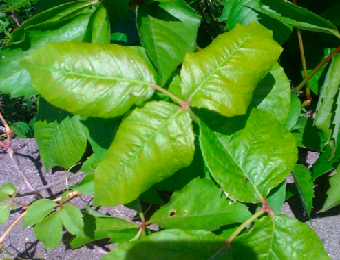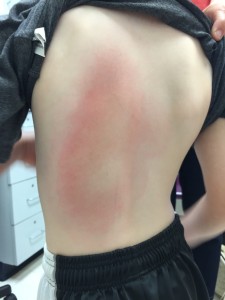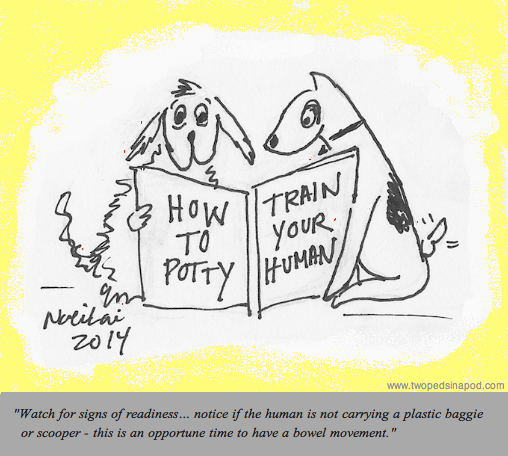Food Allergies- or why is my kid’s classroom peanut free?
It is one week before the start of school and I watch as my daughter’s sixth grade teacher stabs an onion with a needle.It’s a back to school ritual for my family with food allergies.Usually a piece of fruit is a proxy for my daughter’s thigh, and the needle contains epinephrine, a potentially life saving medication that my daughter would need if she were to eat a cashew.
Two of my children are part of a growing number of people with food allergies. According to the Food Allergy & Anaphylaxis Network, an estimated 11 million Americans have a food allergy. Despite the numbers, the etiology of food allergies remains a mystery. One of the most popular theories is that a child develops a sensitivity when the gut is exposed to a bit of the offending food during an unknown critical time in development–perhaps even in- utero, or before birth. My son had an allergic reaction to peanuts at eight months of age without ever ingesting a peanut. He had been touched by an unwashed hand that had just handled peanuts.
To add to the confusion, experts wonder if there is a relationship between allergies and how food is processed.In China, despite an abundance of peanut containing entrees, relatively few people are allergic to peanuts. It is postulated that the smaller number is somehow connected to the fact that most peanuts are boiled not roasted. Strangely, only eight categories of food: milk egg, soy, peanut, tree nut (i.e. cashews and pecans), fish, wheat and shellfish cause ninety percent of allergic reactions.
Reactions can range widely from a single, pesky, itchy welt to a choking off of all airway passages. The type of suffocation that occurs can be impossible to treat, even with a respirator. The medication which can thwart allergic reactions, epinephrine, is available in a portable form. Yet one study showed that even after medical evaluation, epinephrine was prescribed to only half of children and less than one quarter of adults with nut allergies. More distressing, as a pediatrician, I find families fail to recognize the symptoms of respiratory distress and do not realize the urgency of the situation. Even when respiratory symptoms are obvious, families are sometimes too panicked to think clearly. I know of cases of parents who injected the medicine into their own fingers rather than into their child.
Unfortunately, even epinephrine can not always stop catastrophic consequences. The only real treatment is avoidance. This can be tough in a world where many confuse food allergies with a personal choice—like a person who chooses to be a vegetarian. Adding to the confusion is the mistaken belief that food intolerance is synonymous with food allergy. For instance, in milk intolerance, people have difficulty digesting the sugar in cow’s milk, whereas people with a milk allergy are reacting to the protein in cow’s milk.
Watching an allergic person eat at a restaurant is like watching a person eat Japanese puffer fish- every bite could be lethal. It took only one cashew to cause my daughter to break out in hives, vomit and experience a tightening of her throat. During my first two weeks of college, I remember a freshman at my college dying because of peanut butter hidden as “the special thickening ingredient” in a restaurant’s chili.
Perils are everywhere. A milk allergic person worries if a meat slicer has been previously used for cheese, the fish allergic individual needs to worry about Worcestershire sauce because it often contains anchovies and the egg allergic person needs to be suspicious of foamy toppings on specialty drinks. In my pediatric practice, one of my patients, a peanut-allergic girl, started wheezing simply because the child next to her in the car opened up a bag of peanut butter filled snacks.
Despite the sometimes small amount of an allergen required to set off an allergic reaction, one study showed that at least the major allergen in peanuts is relatively easy to clean from hands with simple soap and water. Common household cleaning products remove the allergen from counter and table tops. But kids, especially toddlers, are not known for their meticulous sanitation practices. Schools and daycare centers often find keeping an entire classroom free of an offensive food easier than keeping kids from touching each other.
So when that letter comes home this fall identifying someone in your child’s class with a food allergy, don’t moan and groan. Abstain from sending in potentially allergenic foods with your child. Imagine sending your children to school knowing that a well meaning friend might try to share a deadly snack. Like the millions of allergic Americans, your picky eater could learn to modify his or her diet. Our family went from eating daily peanut butter and jelly sandwiches to becoming a nut free home. What is an inconvenience to you may save a kid’s life.
Naline Lai, MD and Julie Kardos, MD
©2009 Two Peds in a Pod®
For more info:
Food Allergy, Asthma and Anaphylaxis Network =”http://www.kidswithfoodallergies.org”
an online resource and discussion group
References:
Distribution of Peanut Allergen in the Environment
Perry TT et al J Allergy and Clinical Immunology 2004;113:973-976
Prevalence of Peanut and Tree Nut allergy In the United States Determined By Means of A Random Digit Dial Telephone Survey: A 5 Year Follow-Up Study
Sicherer S. et al. Journal of Clinical Immunology 2003;112:203-1207
 Recently we’ve had a parade of itchy children troop through our office. The culprit: poison ivy.
Recently we’ve had a parade of itchy children troop through our office. The culprit: poison ivy.
 How do you know your child is ready to potty train? A podcast on potty training how-tos.
How do you know your child is ready to potty train? A podcast on potty training how-tos.